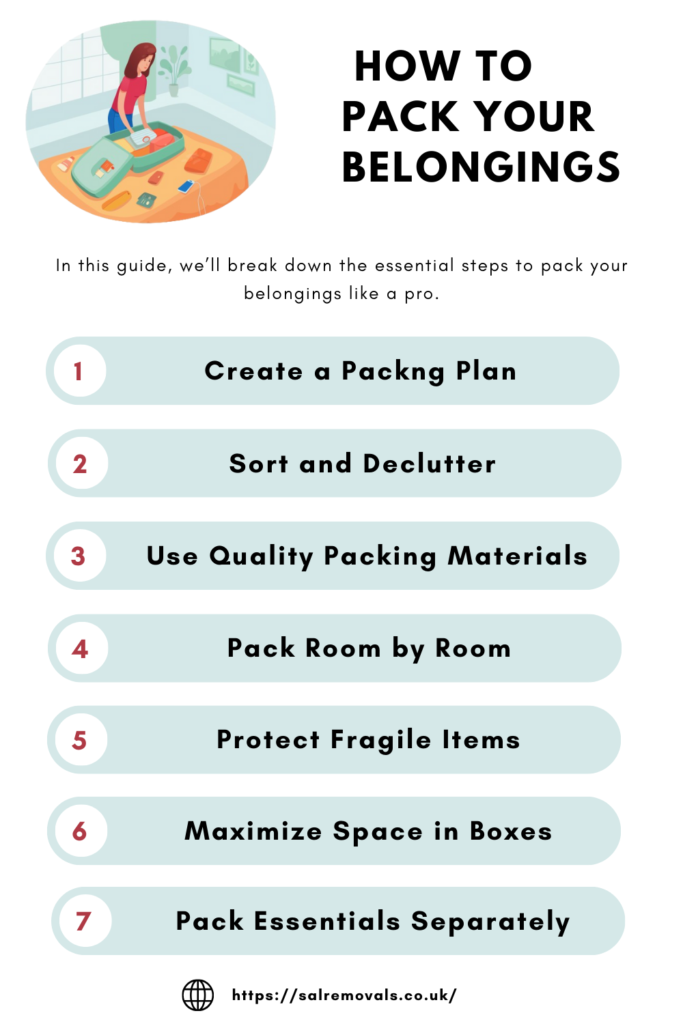Moving can be a stressful experience, but with the right approach to packing, you can make the process smoother and more organized. Whether you’re moving to a new home or just packing for a trip, adopting professional packing techniques can save you time and ensure that your belongings arrive safely. In this guide, we’ll break down the essential steps to pack your belongings like a pro.
Create a Packing Plan
Before you start throwing items into boxes, take some time to plan your packing strategy. This will help you stay organized and reduce the risk of forgetting important items. Consider the following:
- Inventory: Make a list of all the items you need to pack.
- Timeline: Set a realistic timeline for packing to avoid last-minute stress.
- Supplies: Gather packing supplies such as boxes, tape, bubble wrap, and labels.
Sort and Declutter
Packing is an excellent opportunity to declutter and minimize the items you need to move. Go through each room and separate items into categories:
- Keep: Items you want to take with you.
- Donate: Items in good condition that you no longer need.
- Dispose: Items that are no longer usable.
This process not only makes packing more efficient but also helps you start fresh in your new space.
Use Quality Packing Materials
Investing in high-quality packing materials is crucial for the safety of your belongings during transit. Consider the following materials:
- Sturdy Boxes: Use strong, durable boxes for heavy items and delicate belongings.
- Bubble Wrap: Wrap fragile items like glassware and electronics in bubble wrap.
- Packing Paper: Use packing paper to cushion items and fill empty spaces in boxes.
- Packing Tape: Securely seal boxes with strong packing tape to prevent them from opening during the move.
Pack Room by Room
To maintain order, pack one room at a time. This method allows you to focus on specific areas, making it easier to keep track of your belongings. Label each box with the room it belongs to, making the unpacking process more straightforward.
- Labeling Tip: Use a different color marker for each room to easily identify boxes.
Protect Fragile Items
Fragile items require extra care to prevent breakage during transportation. Follow these tips:
- Wrap Individual Items: Wrap each fragile item in bubble wrap or packing paper.
- Use Cushioning: Place additional cushioning at the bottom of boxes and between items.
- Pack Vertically: Store fragile items vertically to reduce the risk of damage.
Maximize Space in Boxes
Efficient packing is about maximizing the space in your boxes while ensuring items remain secure. Consider these space-saving techniques:
- Fill Gaps: Fill empty spaces with clothing, towels, or packing paper to prevent items from shifting.
- Nesting: Place smaller items inside larger ones to utilize space effectively.
- Dismantle Furniture: If possible, dismantle furniture to save space and make items easier to transport.
Pack Essentials Separately
Ensure you have easy access to essential items by packing a separate box or bag with:
- Toiletries: Toothbrush, toothpaste, soap, etc.
- Medications: Any necessary prescription or over-the-counter medications.
- Change of Clothes: Pack a change of clothes for each family member.
Having these essentials readily available will make the first day in your new space more comfortable.
Create an Inventory List
Keep track of your belongings by creating an inventory list. This list will be useful for both packing and unpacking, and it can also serve as a reference in case of loss or damage during the move.
- List Items by Category: Categorize items for easy reference.
- Note Fragile Items: Clearly mark fragile items on the inventory list.
- Number Boxes: Assign a number to each box and record it on the inventory list.
Label Boxes Clearly
Proper labeling is essential for an efficient unpacking process. Clearly label each box with:
- Room: Indicate the room where the box belongs.
- Contents: Provide a brief description of the box’s contents.
- Fragile Items: Clearly mark boxes containing fragile items.
This labeling system will save you time and frustration when unpacking in your new home.
Hire Professional Movers
If your budget allows, consider hiring professional movers. They have the experience and equipment to pack and transport your belongings safely. When hiring movers, consider the following:
- Research Companies: Read reviews and get recommendations from friends or family.
- Ask About Insurance: Inquire about insurance coverage for your belongings.
- Get a Written Estimate: Obtain a written estimate of the moving costs.
Professional movers can alleviate much of the stress associated with moving and ensure that your belongings arrive at your new home in good condition.
Conclusion
Packing your belongings like a pro requires careful planning, organization, and attention to detail. By following these steps, you can streamline the packing process and minimize the chances of damage to your items. Remember to stay calm, take breaks when needed, and enlist help if possible. With the right approach, you can turn the daunting task of packing into a manageable and even satisfying experience.




